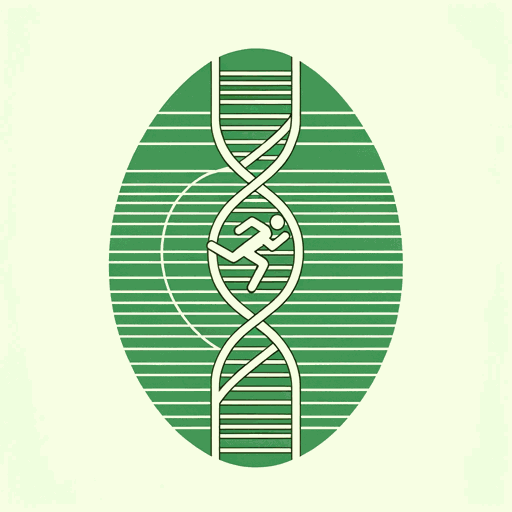50 pages • 1 hour read
David EpsteinThe Sports Gene: Inside the Science of Extraordinary Athletic Performance
Nonfiction | Book | Adult | Published in 2013A modern alternative to SparkNotes and CliffsNotes, SuperSummary offers high-quality Study Guides with detailed chapter summaries and analysis of major themes, characters, and more.
Chapter 14-EpilogueChapter Summaries & Analyses
Chapter 14 Summary: “Sled Dogs, Ultra-runners, and Couch Potato Genes”
Epstein begins Chapter 14 in Alaska, interviewing Iditarod racer and dog-breeder Lance Mackey about his unlikely, challenge-ridden path to Iditarod glory. Mackey’s contributions to the sport of dogsled racing are his “marathon style” and his preference of dogs with the “genes of work ethic” over dogs with the genes of speed (225).
Epstein leaves the dog world and enters the world of mice, detailing several studies that seem to show that genes play a role in the motivation to run and that mice bred from “high runners” have larger brains, indicating that “the centers of the brain that deal with motivation and reward have gotten larger” (234). As one expert says, “In these mice, it’s absolutely the case that motivation has evolved” (234).
Epstein then profiles Ironman triathlete Pam Reed and her extreme workout regimen, stemming from a seemingly compulsive need to be active. She relates herself to a different study of mice that revealed that “brain circuitry similar to that which is active when humans crave food or sex, or when addicts crave drugs, was activated in the high running mice that were denied the chance to run” (237).
Epstein wonders, “Is it possible that, like sled dogs and lab mice, some people are biologically predisposed to get an outsized sense of reward or pleasure from being constantly in motion?” (238).
Related Titles
By David Epstein


